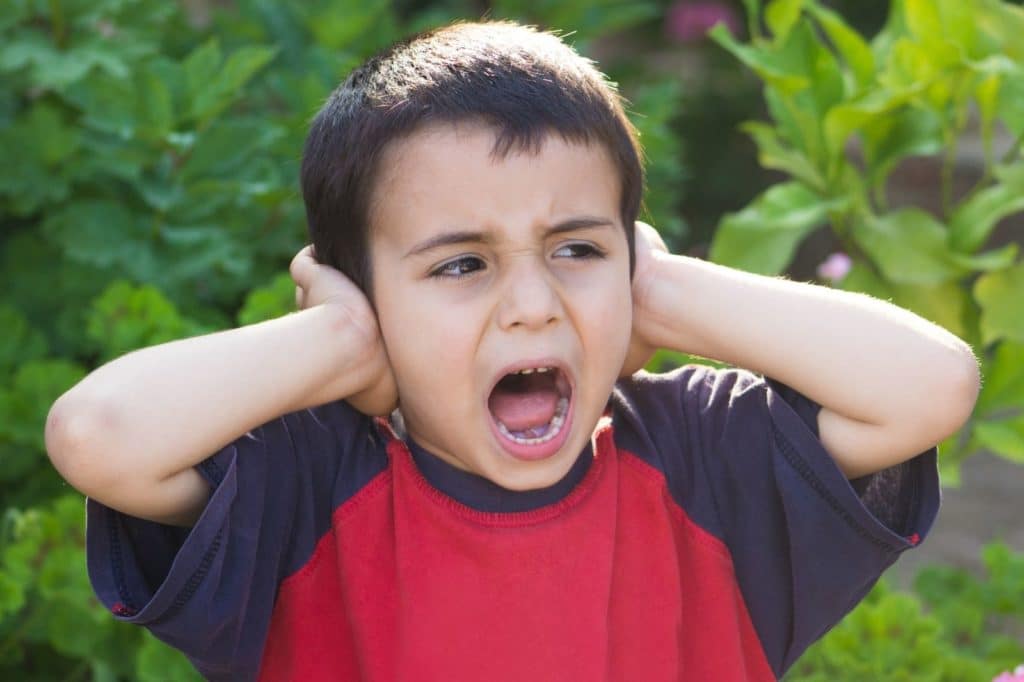When a child or teenager presents with disruptive or aggressive behaviors they are often labeled with terms such as “oppositional, defiant, stubborn or lazy.” This can be done by caregivers who are understandably frustrated, exhausted and at times emotionally hurt by the child’s behavior.
It is a significant challenge to be a parent or teacher who feels disrespected, disregarded, devalued or demoralized in this manner. This is especially true if they have worked hard and given a great deal of themselves to a child or teen that does not seem grateful, to be putting in initiative to change or who does not seem responsive to efforts to help.
As parents and caregivers, one of the biggest hurdles to help address behavior problems effectively is managing our own feelings and reactions to the child’s behaviors. How you think about the behavior and what causes it is critical and can help to lower frustration. This can free parents up to know how to really help.
Behavior problems should be thought of as a signal that there is something else wrong in the child’s life. The behavior can be seen as a signal or alert. The behavior itself is rarely the actual problem but usually the product of something else.
For example, imagine getting into your car and seeing the ‘check engine’ light on. None of us would label the light or the indicator as the problem. We understand that we need to look under the hood or take the car to a mechanic to determine the true source or causes of the indicator light. A mechanic will try to determine what happens before the light comes on in order to understand the real problem.
In the same way, a child or teenager misbehaving can be thought of as a signal that something else is wrong. Solely viewing a child’s behavior as the problem and thus focusing on changing the behavior usually contributes to frustration in all parties and leaves everyone without understanding.
Often the child or teen does not have words or awareness of what their specific problems are. In some instances they may know what is wrong but are either afraid or ashamed to tell others. In either case, there are barriers to the child or teenager being able to communicate their needs verbally to others who wish to help. Unfortunately, this can contribute to frustration on the part of the parent or caregiver who then may attribute negative and even malicious motives to the child or teen (i.e. they are just lazy, this kid needs to learn respect and responsibility).
Thus responses to the child or teen’s behavior tend to focus on correcting a perceived motivational, moral or character defect in the child. The goal is focused on trying to ‘teach’ or to get the child or teen to ‘learn’ how to ‘behave appropriately.’ Tragically this common approach, while well intended, is often born out of frustration and emphasizes compliance rather than understanding. This rarely helps anyone involved in any lasting way and can contribute to disruption in any previous bond as well as other psychological problems in both the parent/caregiver and child.
Common reasons a child or teen may be misbehaving include stress from their social or family life, underlying limitations due to unrecognized developmental delays (usually in the areas of speech or motor abilities), undiagnosed learning disorders, cognitive or skill limitations and unrecognized or undertreated psychological symptoms. These factors, as well as others, often contribute to a child or teen not completing tasks, displaying a bad attitude, misbehaving in some way and even becoming aggressive.
While it may be difficult to do, a parent or caregivers should focus on identifying the real problem anytime a behavioral problem is present. This will require resisting the urge to try to control the situation or express frustration through focusing on the behavior and/or compliance alone. When a parent or caregiver is able to recognize behavior is an indication of another problem it communicates to children and teens that others care about really understanding and helping them.
This provides a model where the teen and child will be most likely to trust others to help them in the future. This leaves a greater sense of hope that their real problem will be both identified and resolved.
For more information about how to understand behavior problems in children, please visit Lives in the Balance.
If you need support from a licensed professional, please check the services we offer at Clarity Child Guidance Center.
Learning together,
Dr. Josh Essery
In case of a medical emergency, please call 911. For a child’s mental health emergency (ages 3 to 17), call Clarity Child Guidance Center at 210-582-6412. Our crisis service department accepts walk-ins 24/7. You can find directions to our campus here. Please do not hesitate to reach out to us. We are here to help!










